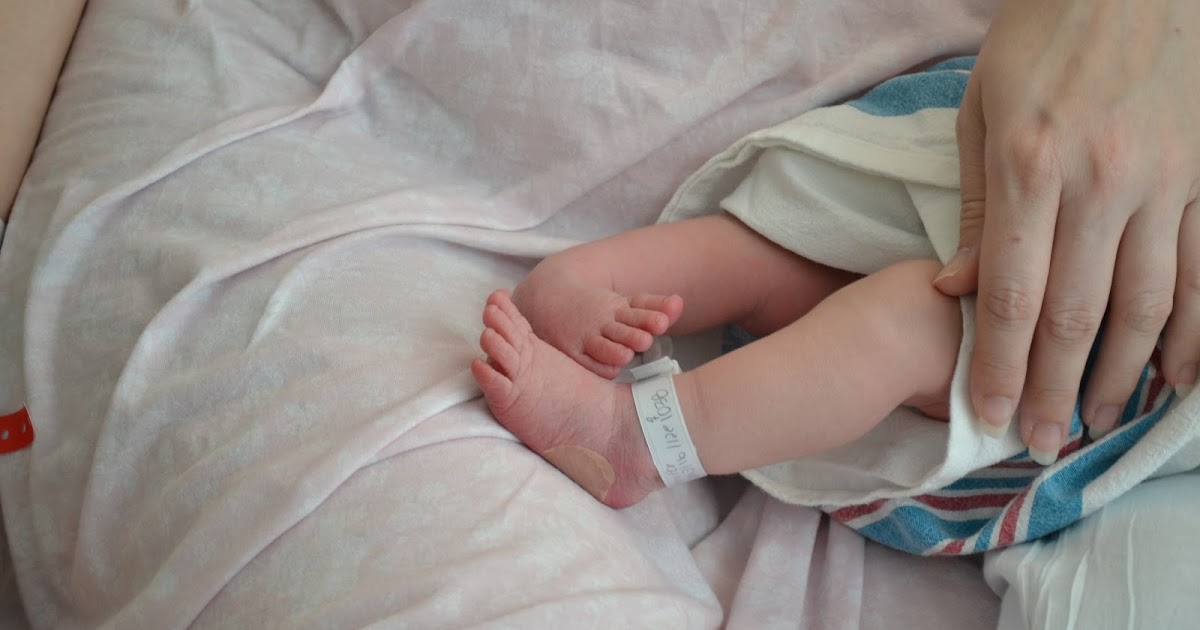Symptoms Of Friedreich's Ataxia
Changes In Vision
Friedreich's ataxia will also manifest in the visual pathways causing some changes in vision, including vision loss as well as abnormal and excessive eye movements. While these visually related symptoms will not be seen until later stages of the disease, they are important when making choices regarding treatment for Friedreich's ataxia. Usually, both the posterior and anterior neural visual pathways will slowly and progressively deteriorate as the Friedreich's ataxia worsens. The disease causes the already delicate optic nerve fibers and the optic nerve divergences to decay. However, significant vision loss does not occur until there has been significant thinning of these nerve fibers. The vision issues that occur in Friedreich's ataxia patients will begin from their peripheral vision and then steadily become more intense toward the central vision of the patient's eyes. Typically the vision loss associated with Friedreich's ataxia is characterized by a marked decrease in the individual's visual depth.
Get the details on the next symptom of Friedreich's ataxia now.
Clubfoot And Similar Deformities

Many neuromuscular diseases and disorders tend to cause clubfoot and similar deformities, and Friedreich's ataxia is no exception to this. Individuals who have Friedreich's ataxia often experience some skeletal deformities that usually involve the feet, legs, ankles, and toes. Most commonly, these individuals will see very high arched feet or pes cavus, feet turning inward or foot inversions, toe deformities, involuntary toe bending, hammertoe, and clubfoot. Clubfoot is a combination of plantar flexion, exaggerated arch, and inversion that causes the feet to resemble a golf club. This inward turning of the feet happens when the leg muscle and the foot bone connection tendons are very tight and have a lot of tension in addition to being abnormally short. Because these neuromuscular related disorders such as Friedreich's ataxia are characterized by degeneration of nerves and muscles, the resulting skeletal deformities often cannot be fully corrected.
Continue to discover more Friedreich's ataxia symptoms.
